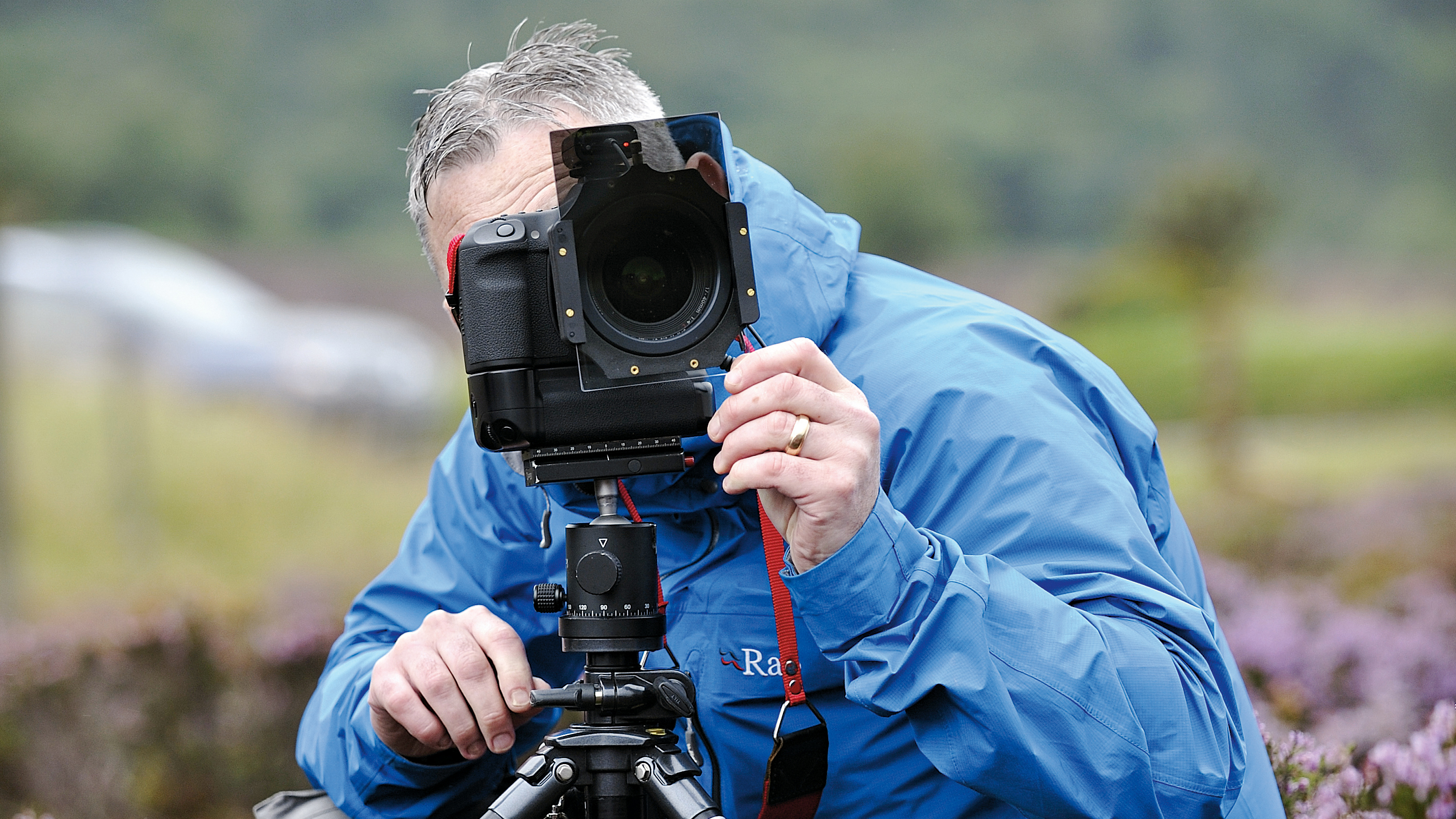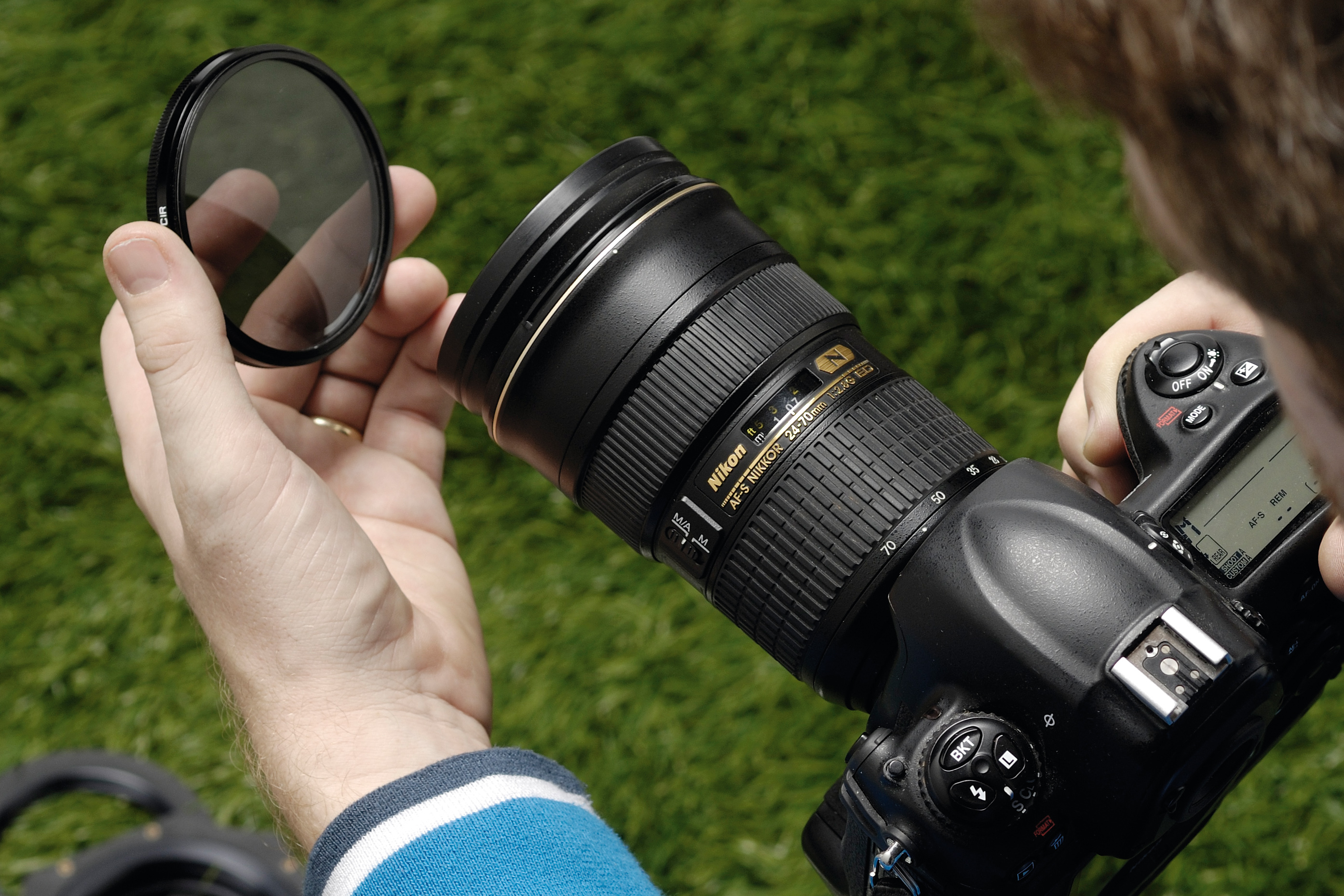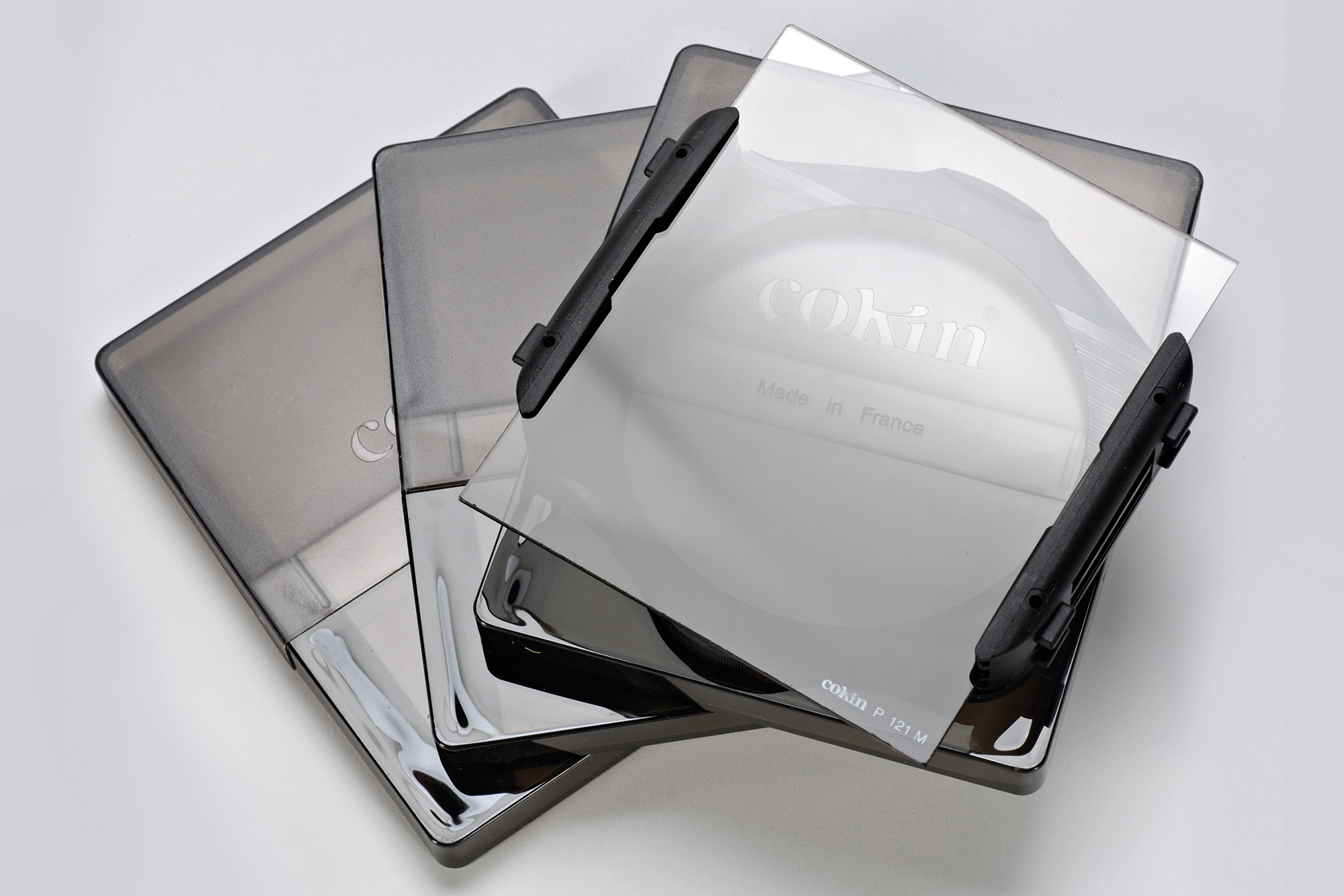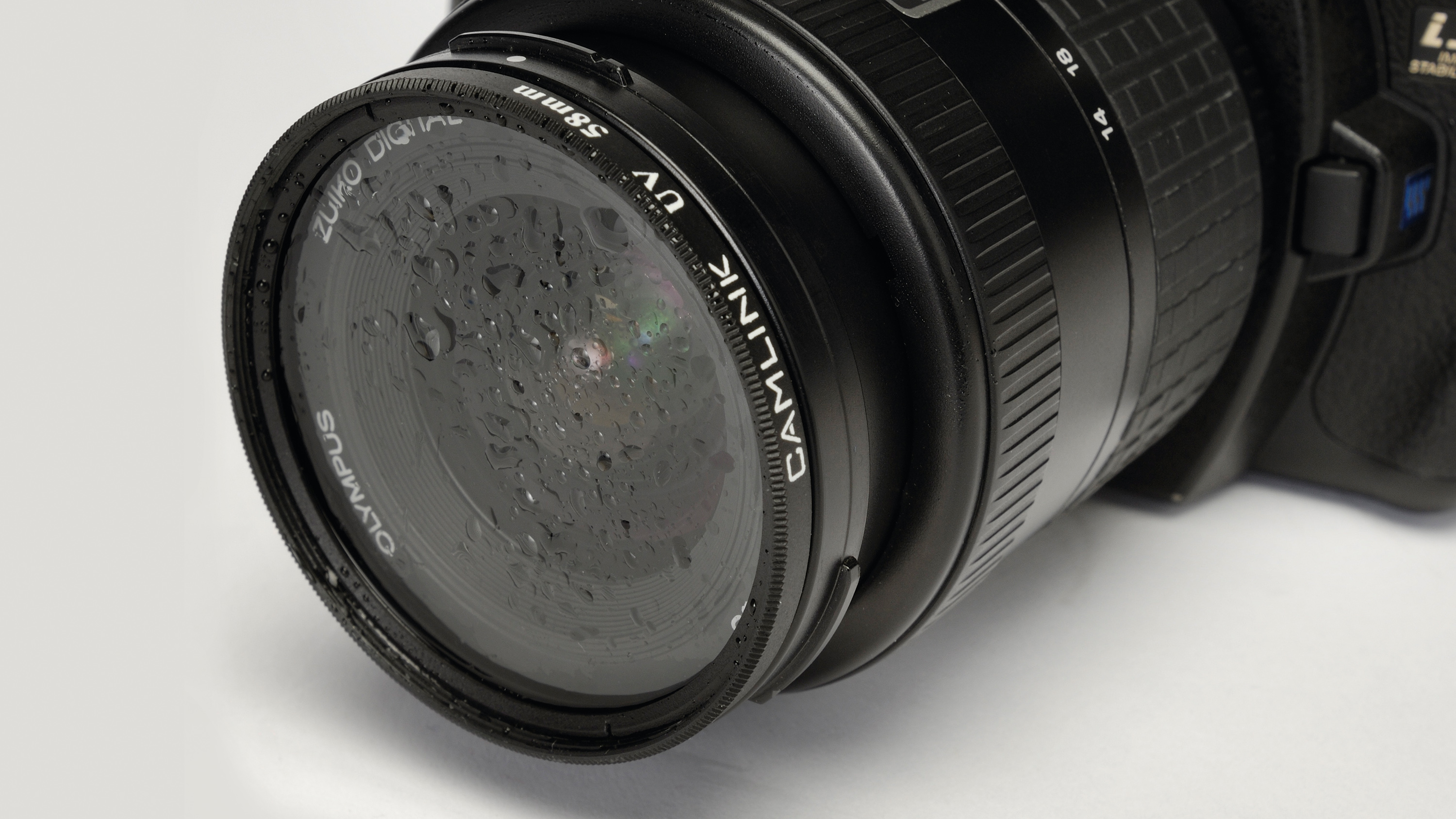5 essential photography filters (and why you can't live without them!)
Photo filters every photographer should own

It's all too easy to think that photography filters are old-fashioned and unnecessary, but there's a lot to be said for still using traditional filter effects.
Some photography filters, such as polarisers and strong neutral density filters, can produce effects that are time-consuming or even impossible to replicate digitally, while others, like the humble skylight filter, enable you to shoot in conditions that could otherwise damage your lens.
So, don't rely on Photoshop for all your effects; get out there and have fun the traditional way with the five filters that every photographer should own. They will literally transform your images overnight…
Round or square filters?
There are two basic types of filter design - round ones that screw directly into the thread on the front of a lens, and square ones, which slot into a filter holder that you need to attach to the lens via an adapter ring (which is again screwed into the front of a lens).

Round, screw-in filters are ideal if you only want to use the filter on one lens, or lenses with the same size thread, but if you have lenses with different thread sizes you'll need different filters for each one.

With the square filter system you only need to buy one set of filters, as the filter holder that they sit in can have different adaptor rings fitted to accommodate for the different size of lens.
Which type you should choose also depends on the type of filters that you want to use, as some filters are only really useable screwed directly to the lens or in a square filter system.
Get daily insight, inspiration and deals in your inbox
Sign up for breaking news, reviews, opinion, top tech deals, and more.
Skylight filters, for example, are best suited to the round screw-in design, but filters such as neutral density grads are easiest to use in a square filter system.
Essential photography filters: 1. Skylight filter

What's it for?
Protecting the front element of your lens from damage or dirt
What's the technique?
A skylight or ultraviolet filter is mainly used to protect the front of your lens from potential damage, and prevent you getting dirt, dust or water on the (harder to replace) front element of the lens.
All you need to do is keep the filter attached to your lens whenever you are using the camera. This is particularly important when shooting in wet, muddy or dusty conditions.
UV and skylight filters also filter out some ultraviolet light, which has the effect of reducing haze. Unlike a UV filter, a skylight filter has a very subtle pink cast to it.
This was originally designed to reduce the slightly blue cast of color film, but with digital cameras this isn't really an issue.
Even though this filter will prevent the worst of the dust, dirt and water reaching the front of the lens, you may still need to clean the filter to prevent this dirt affecting your images.
For dust and dirt it's best to use a brush or air blower to remove this without damaging the filter.

If you try to wipe the filter clean there's a risk that you'll scratch the surface. Wiping the filter to remove water drops needs to be done extremely carefully, as it's likely that there will also be some dirt or dust that can become embedded in the cloth or tissue, and scratch the filter.
Round or square?
Because they are primarily for keeping attached to your lens for protecting the front element, round, screw-in skylight or UV filters are the best option.